|
We’re frequently quizzed regarding the pros and cons of our Maggiolina Airtop roof tent. Not having any other experience with other styles of roof tent, other than camping with fellow overlanders, it’s hard to comment. Our tent was our most extravagant purchase, but also our best. Essentially it has paid for itself many times over: It offers a little luxury which means we hardly ever stay in hotels. On an extended trip like ours that luxury and convenience is paramount. We’ve camped in locations with views that far surpass any 5 star hotel. This really can be a room with a view (or several)... 3 of the sides have doors which roll up completely and the front end has a semi-circular window. For those hot, tropical nights, each opening has a mosquito netting flap which can be zipped up to fend off blood-sucking invertebrates and is perfect for wildlife watching. It is surprisingly easy to set up; two clips at the front and one at the back and it ascends into position on hydraulic arms. Inside it is surprisingly Tardis-like; we can sit fully upright and have around the same space as a double bed. The tent comes complete with a comfortable mattress and pillows and is roomy enough when closed to store a duvet and sleeping bags. It is one of the most convenient rooftop tents on the market and this is blatantly apparent when we camp with other overlanders who use canvas ‘fold over’ style tents. Our tent takes about 20 seconds to “pop” and set-up and about one minute 30 seconds to pack away. To demonstrate this we’ve made a little video of us packing up in Kyrgyzstan (complete with obligatory high-5).
0 Comments
When we originally left the UK in 2012 we had an old Nokia phone; absolutely nothing ‘smart’ about it… Unless you consider the fact we could use it to open beer bottles! To navigate we used a combination of paper maps and an old handheld Garmin 60cs.
In 2013 we inherited an old iPhone and delved head first into the world of apps! Since then we’ve also purchased a really basic Samsung smart phone. As a result our whole overlanding experience has improved greatly. Here are a few of the apps we use on a daily basis. Galileo Galileo is a map resource (similar to Google maps), the beauty of it is that it works off-line using pre-downloaded vector based maps. With one click you can download an entire country, using the language you want. Because the maps are vector based they are generally small in size which means they are fast and responsive. You can record your trips and monitor your real-time speed, distance and time travelled, as well as altitude. Like most map apps you can track your trips, share your tracks with friends via Mail, Facebook and Twitter or export them in the most common formats: KML & GPX. Galileo has essentially taken over the role of our old Garmin hand-held GPS, which is good as it was stolen in Iran. Galileo is now also available for Android as well as iOS. https://galileo-app.com/ Maps.Me Maps.Me or Maps With Me, as it is official known is essentially the same deal as Galileo. There was a time when Galileo was only available for iPhone users and Maps.Me was only available for Android users. Now both are available for all platforms so take your pick. We prefer the Galileo interface and how it operates, but Maps.Me is pretty much the same deal. We use both as Emma has Galileo on her old iPhone and I use Maps.Me on our Samsung phone. Both have great search facilities if you are looking for garages, banks or restaurants. http://maps.me/en/home Roadtrip There are stacks of MPG apps available, we’ve been using the same one since we got our first ‘Smart Phone’ and are more than happy with it. Road Trip is the fastest and easiest way to keep track of your car’s fuel economy, maintenance schedule and expenses. At a glance, Road Trip gives you all vital statistics on a single page: Minimum, maximum, and average fuel price per gallon/litre, Minimum, maximum, and average fuel economy (MPG, L/100km, etc.), Average cost per day, Average cost per mile or kilometre, Average distance per day, Total fuel cost, Total gallons or liters of fuel and Total distance travelled. Unfortunately it is only available for iOS (iPod Touch, iPad and iPhone). http://darrensoft.ca/roadtrip/ Cam Scanner Cam Scanner turns your mobile phone into a scanner and is a great resource for digitising paperwork and documents whilst on the road; especially handy during the shipping process, borders and applying for visas. Just take a photo and create PDF documents from it. Using a stack of settings you can produce multi-page documents, crop and customize. Incredibly convenient. https://www.camscanner.com/ XE Currency Convertor Again, there are hundreds of currency convertors available. We chose XE Currency Convertor as it had the best reviews. You can access live exchange rates, view historical charts, and calculate prices off line. It is available for all devices and with over a kabillion downloads worldwide, you know it’s going to be good. It’s also FREE. http://www.xe.com/apps/ World Map World Map is a simple overview map of the world. No frills. Useful for planning and explaining to new found friends where you’ve been. The paid version has political maps and time zones. https://itunes.apple.com/us/app/world-map-2015/id350925062?mt=8 Been Been is a fun little app that keeps track of the number of countries you’ve visited. Incredibly inspiring when you’re feeling a little low and incredibly annoying to your friends when you’re feeling smug. Available for iOS and Android. http://apparata.se/apps/been/ iOverlander iOverlander is more than just an app, you can also access it online on your laptop or desktop. Originally a mapping project started by overlanders it has grown into a useful resource. You can find campsites, garages, restaurants, watering holes and much, much more all entered by fellow overlanders. You can also add to the many overlanders who have dedicated their time, ideas and most importantly their GPS coordinates. Log campsites and share your secrets. http://ioverlander.com/ Commander Compass Commander Compass is an extremely well thought out car and walk GPS compass app for iOS (Apple devices). Crafted to military spec, it is designed to be used where traditional GPS apps fail — off the road. It features a milspec compass, gyrocompass, maps, GPS tracker, speedometer, gyro horizon and inclinometer. Tag, share, find and track your position, multiple locations and bearings, all in real time. It has way too many features to list here, but is worth checking out. http://happymagenta.com/compass/ Most adventurous overlanders are typically drawn to the lesser-travelled, edgy countries. Travelling by 4x4 allows you to access some of the most beautiful, remote and sometimes inhospitable areas that most tourists generally don’t get to see. Travelling in a self-reliant way in a 4x4 does however mean you cannot travel light; typically your vehicle is your home and this includes carrying everything from tools and laptops to the kitchen sink. In most foreign countries a big muddy 4x4 with strange number plates, fully loaded with every conceivable extra is going to draw quite a bit of attention. As a result you, your vehicle and its contents can become a desirable target for criminals. After we’d purchased Bee-bee in 2010, one astute bicycle traveller sensibly told me “the less you take with you the less you have to lose”. These wise words are more pertinent having fallen victim to one of overlandings worst nightmares… robbery! Robbed In TehranWay back in 2015, we were robbed whilst in Iran. The thieves smashed the drivers side window and indiscriminately took 6 storage boxes containing clothing, car parts, tools, medical kit, camping equipment and personal items. Sadly, this included the box that contained Emma’s travel diaries, all our used maps and books plus every sentimental little souvenir and gift we’d acquired en-route. The financial loss was devastating but the inconvenience and time wasted was really problematic. What We Did RightThankfully cameras, laptops, phones, hard drives, credit cards, money and passports were all with us in the apartment where we were sleeping. Both Emma and I carry a micro SD card on us at all times in a hidden pocket in our ‘Adventure belts’, this memory card contains digital copies of all our important documents including the vehicle registration, passports, carnet, visas, medical records and prescription details. We have also emailed ourselves and a reliable family member a copy of this digital folder that can then be viewed using any device connected to the internet. Had we lost the entire car we would have still had access to our vital documents, this would have certainly sped things up at the police station and embassy. Photos are simply irreplaceable; the basic rule to follow here is - don’t keep all your eggs in one basket. We always make sure we have multiple copies of all laptop content, including photographs of diary pages (fortunately). One copy is hidden deep inside the car and certainly isn’t locatable in a ten minute break-in. This solution is still not great if someone takes the entire vehicle. To resolve this potential problem we also back up our files and photographs frequently to the ‘Cloud’, this is painfully slow in most countries due to internet speeds and is not really appropriate for larger files like film footage. Backing up to SD or Micro SD cards and posting home is also a fairly secure alternative, if somewhat costly, the drawbacks with this are that many postal systems are fairly unreliable in other parts of the world. Being married to a compulsive list maker has its benefits; Emma had made a full inventory of every item in the car and in which box it was placed, neatly organised into a deftly formatted spread-sheet stored on our micro SD cards. This simple procedure made identifying what had been taken a fairly quick process. This list was then swiftly given to the police. In hindsight it would have been beneficial to have a photograph of every item we carry as the police requested information regarding some of the more unusual or easily recognisable items that were taken. All the rear windows of our car are completely blacked out using thick self-adhesive black vinyl, this does two things, it keeps inquisitive eyes out and also makes the glass a little harder to smash. Most thieves are opportunistic, if items are out of sight this is a great first step to securing your vehicle. All our external accessories like jerry-cans and the Hi-lift jack are all secured with heavy-duty cables and waterproof padlocks. Our vehicle is fitted with an immobiliser, I would also recommend installing another hidden battery isolator switch to completely kill all electrics to the vehicle- this would also be handy when working on the car. As for personal protection, we carry very little. In the tent at night we opt for WD-40 (although it’s not mentioned as one of the 2000+ uses on it’s website), a screeching rape alarm and a fairly hefty Maglite. Being lovers not fighters, we took a few self-defence classes before we left on our trip. Some overlanders carry pepper spray, but this can be problematic crossing borders in some countries. What We Have LearntThere are many things you can do to protect yourself, your possessions and your vehicle. Avoiding putting yourself in a risky situation is always the first step, followed by security should you be robbed. Having simple rules, being aware of your environment and trusting your instinct hugely reduces your chances of being targeted. Prior to Iran, sticking to our self-imposed rules, we’d travelled through 45 countries without a hitch. Simply being aware of threats in your local area is often enough to keep you safe. In Russia for example we were warned by truck drivers to be aware of scam pleas for help by distressed smartly dressed men at the side of the road. Local knowledge is extremely valuable but be aware that most people will exaggerate the dangers and untrustworthiness of people in neighbouring countries! Careful selection of wild camping spots is vital; we always make sure no one sees us leave the road and try to remain out of sight from roads and habitation. It is important to maintain a level of security in your vehicle that does not become a hindrance on a daily basis but is secure enough to ease your mind when the vehicle is unattended. There are times when you have no choice but to be away from the vehicle and it is during these times that your security options need to be religiously enforced. It’s nigh on impossible to make your vehicle completely burglar-proof, ultimately if someone wants to get into your car, they will. All a thief needs is time and an opportunity, the more you can do to increase the time needed to get into the vehicle the less the opportunity exists. Your vehicle should appear to be a hard target, this will deter most criminals who will look for an easier target. Most people tend to prioritise securing items that are perceived as valuable; laptops, cameras, phones, GPS, etc. The logic here being that no one is going to want to steal used maps, personal diaries and prescription glasses. The truth of the matter is, thieves are generally indiscriminate. In our case they simply took all they could in the time they had. Storage boxes are practical but they certainly made it easy for the thieves to empty our car. In this regard maybe a fixed and lockable draw system is more secure. In hindsight we should have treated items like diaries and prescription glasses in the same way we dealt with other ‘valuables’. If you need glasses to drive and someone takes them you have a big problem. Thankfully I always have a pair stuck to my face and keep my prescription details on my micro SD card. There are many smaller products on the market that are useful for overlanders including Baked Bean tin safes, these can be hidden amongst your food stash and are great for hiding smaller items. Combination key safes can be bolted or welded to the underside of your car and can hold a full set of spare keys in case you manage to lose your keys. External heavy-duty commercial van door hasps are somewhat unsightly but they are also a great security addition, especially in conjunction with a draw system that can’t be accessed whilst the doors are closed. If a thief smashes a window they won’t be able to open the doors which in turn means they can’t access the draw system. This set-up should prevent the thieves from taking anything at all. Most car thieves are small-time opportunistic criminals but in some extreme cases your vehicle may be targeted by a more professional outfit who actually want to take the entire vehicle. The simplest way to prevent this is not to leave your vehicle in the same place for more than one day. Think carefully about promoting your overland website and blog on your vehicle. Most overlanding websites like to feature photos of the vehicle build, storage systems and the equipment carried, this information can easily be used by would-be criminals who spot your vehicle. If you can afford it, a hidden GPS tracker on your vehicle might save you one very expensive loss. We also recommend downloading one of the many remotely operated tracking and recovery apps that are available for most smart phones and laptops. In ConclusionIt is important to address security issues when prepping your vehicle; window grills, secure cages, safes and locking draw systems are easily available for vehicles like Defenders but are not commonplace in the UK for Toyotas like ours. You don’t need to spend a small fortune to be protected; simply having a few simple self-imposed rules is the greatest way of keeping you and your vehicle safe. Unfortunately we broke our rules and paid the price for doing so. Thankfully the people of Iran and our friends back home proved how amazing they are and came to our rescue helping us source and replace many of the items that were taken.
Fortunately the robbery didn’t dampen our adventurous spirit. It’s important to remember that most overlanders don’t ever fall victim to crime and the majority of people round the world are wonderfully friendly and honest. Thailand has a love affair with the pick-up truck, literally everyone in Thailand drives a 4x4 pick-up. Sales of the Mitsubishi Triton, which is made in Thailand, practically saved the Japanese company from going out of business after a partnership deal with Germany's Daimler fell through. In 2007 they’d exported over a million Mitsubishi trucks to other Asian countries. Mitsubishi’s are not the only popular model, all the Japanese manufacturers are represented, which is great for us being a Toyota owner as spare parts are easy to find. What is noticeably different about Thailand in comparison to the rest of South-East Asia is that they like to modify their vehicles. Some are jacked up to ridiculous heights whilst others are slammed to the floor. One thing that Thai garages do well is suspension! We spotted some incredibly well prepped off-road vehicles as well as some serious street racers. Like the Paykan pick-up in Iran most customised vehicles are still practical. In fact many of the suspension mods on the slammed vehicles are designed to handle extra weight, the upgraded suspension in combination with steel rear wheels and uprated tyres dictate the style of many vehicles. Most towns and cities operate a private minibus system utilising the flatbed of the pick-up trucks as a seating area. This informal taxi system is the lifeblood of most cities. Most of the minitrucks (the slammed ones) have custom soundsystems too that you’ll hear bumping from miles away. Customization isn’t just limited to 4 wheels though; anyone who doesn’t own a 4x4 owns a scooter. There are three models of scooter that are abundant throughout South-East Asia. The 125cc Honda Sonic, manufactured in Thailand and the similar Yamaha Mio and the Yamaha Nouvo. All three bikes are cheap, mechanically simple, relatively pokey and most motorcycle shops sell a whole host of accessories allowing for complete customization. Scooters are frequently fitted with race handlebars, painted up in neon colours and covered in race inspired stickers. The mods are not just cosmetic, typically thinner wheels and tyres are fitted along with a big boar exhaust system, upgraded fuel delivery systems and brake upgrades. Unlike any other country we have visited, and for reasons we don’t understand, Thailand is absolutely obsessed with modifying vehicles, which is great for any motor head!
The Paykan, which means "arrow" in Farsi, might not be a car model most people in the UK would have heard of, but in Iran where two million of the five million cars on the road are Paykans it is truly deep-seated into popular culture. When we first arrived in Iran I kept on spotting the classic design that had a startling familiarity, but for the life of me couldn’t quite put my finger on what it was. The rear end looked like a MK II Ford Cortina whilst the front end had a hint of Triumph Toledo to it. When I dug a little deeper it all fell into place… The Paykan is essentially a 1967 Hillman Hunter. A classic British built car from an era of vinyl seats, mock wooden dashboards and steel sports wheels. One year after production began in the UK the Iran National Motor Group which later became Iran Khodro started producing their own version of the Hunter. What is remarkable about this is that the 40-year old design was in production until 2005. Originally in 1967 two models were available, the Deluxe and the Standard. Later, six models of Paykan were being manufactured: Deluxe, Pickup, Standard, GT, Taxi, and Automatic. In the mid 1980’s the Hillman engines were replaced with Peugeot units. The Pickup also known as the “Bardo” is still in production although it does not achieve the required safety standards like having ABS and an Airbag.
Due to its prevalence, price, parts availability and simple mechanics it has been adopted by Iranian customised car enthusiasts as the ‘go to’ car for modifying, the Pickup model being equally as desirable to aficionados as the saloon model. The classic styling lends itself to the American ‘Lowrider’ look, with the suspension slammed to the floor, whitewall tyres and chrome spoked wheels. On a daily basis we spot at least 3 or 4 modified examples of the classic “Arrow”. The Pickup model offers not only street cred but is still a useful functional vehicle for taking your sheep to the market. After an astoundingly long production run the manufacturing rights for the Paykan have now been acquired by the government of Sudan, production of the Paykan is expected to restart in the next year. We can’t wait to visit Sudan in a few years and see how they modify this British classic! Here is a summary of some of the minor pieces of equipment we carry that are so useful on a daily basis we now couldn’t imagine adventuring without them. At the start of any trip it’s difficult to know exactly what to take when you have limited space and budget but as this list of little gems proves, it’s often the most basic, cheap and unassuming objects which are the most ingenious, utilised and valued. The Red Basket
Pegless Elastic Washing Line
'Baby Legs' Torch
Cargo Net
Sticky Back Velcro
SPOT Locator
Sink
Knife, Fork and Spoon Set
Diesel Stickers
Galileo Pro Maps App
Key Lanyard
Paper Fan
Sunglass Case Multi-holder
Thermometer
Torches
Vegetable Bags
After a short hibernation period were about to head back out on the road. Bee-bee’s cracked cylinder head has been replaced and she is raring to go (we hope). Here’s a quick outline of the work she’s had done... New Cylinder Head
Water Pump
Radiator
Cam Belt, Glow Plugs and Fuel Injectors
Having racked up over 150 test kilometres I’m pretty convinced she’s running sweeter that she ever has. She starts on the button, no more black smoke and the temperature barely rises above 88°C. We took her (unloaded admittedly) on several long motorway climbs and up a steep 290 metre off-road climb without any problems at all. Fingers crossed.
Prior to our Truckin’ hell we’d made the decision to head straight back home; unfortunately we were 8000 miles away in Mongolia. In hindsight our departure from Mongolia was probably a little too hasty; a bit more Dakar Rally than Mongol Rally. Bad roads coupled with some wannabe Sébastien Loeb-esq driving damaged Bee-Bee’s rear axle. Luckily my daily under-car crawl exposed the hairline crack in the right-hand side upper trailing arm mount early on. The part that had cracked is essentially one of four main connections holding the entire rear axle in place. The discovery was an unnecessary blow – talk about kicking a man when he’s down! Due to the remoteness of our location we had no choice but to lash up the mount with a heavy-duty ratcheting cargo strap and hope for the best. I kept a close eye on it over the following 300 miles of bad road. It gradually got worse, by the time we arrived in Russia the mount had completely sheered off but luckily the pot-holed corrugated dust roads of Mongolia had been replaced by relatively smooth Russian tarmac. The ratchet strap was now holding everything tight in place. A weld job would mean we’d lose a valuable day’s driving and a complete axle replacement would mean we’d lose a good week. Given the situation and the need to be with my parents we re-evaluated our options and decided the temporary fix was secure enough to last the journey home; it did. Macgyver would be proud! On our return to the UK we started the process of getting Bee-Bee back into ‘adventure’ shape. A new axle was sourced from Jap 4x4 Parts and a visit to the Hilux Surf Forum secured a date with Tony the Hilux Surf oracle. Whilst the axle was off it made sense to replace anything that might have already taken a battering. A visit to Rough Trax secured a Super Pro polyurethane rear panhard rod & trailing arm bush kit, some new bump-stops, anti-roll bar bushes and a couple of front anti-roll bar link rods which had also taken a battering. The axle swap was fairly straightforward, especially with Tony’s knowledge. One area that could have been problematic was swapping the trailing arm bushes. Luckily Tony has access to a 25 tonne press and a lathe. The press ram was a little too large for the bushes so Tony hit the lathe and knocked up a couple of male and female adapters to fit either side of the bushes. With the press the old bushes popped out pretty easily and the new ones straight in. We had trouble undoing a couple of bolts, reminding me of the importance of Copaslip, nothing the reciprocating saw couldn’t deal with though. When replacing axles on 4x4 vehicles it is important to check the diff ratios are the same, if not you’ll have back wheels that’ll want to turn at a different speed to the front wheels making for a very interesting ride. On a Toyota this information can be found on the VIN plate in the engine bay. The axle code is four digits, ours is G294, this translates to a differential size of 8.0", final ratio of 4.1, and a 4 pinion set up. This website was very useful for translating the code. You can also double-check the ratio as Toyota colour code the end of the diff, double check the two axles are the same and you should be right! When fully loaded Bee-Bee has always had a bit of a saggy back end. Whilst we had the springs out we fitted a pair of spring assisters to help firm up the already upgraded springs. A couple of days in the workshop gave us a great opportunity to not only replace the axle but complete a few other jobs refining Bee-Bee’s status as number one adventure mobile. One modification we carried out was to remove the air-con unit and air-con radiator. This would improve access to the alternator and improve airflow through the main radiator as well as removing one of the three fan belts (less to go wrong and less to carry). The left over air-con electric radiator cooling fan is now acting as an emergency, manually operated cooling fan aimed at the main radiator. Whilst the main radiator and fan were all out we topped up the oil in the viscous fan. This modification is a very simple but effective one. The fan on these vehicles is of the viscous type. This means that is has an oil operated clutch in it. When the engine heats up, the oil changes consistency and the fan starts to grip more and turn faster. The oil in the fan can be replaced with a different consistency making it kick in slightly earlier, cooling the engine more effectively.
The mods to the cooling system now make a noticeable difference to Bee-Bee’s running temperature and we have the option of turning on the electric auxiliary fan when the temperature starts to rise too. If you want to read more about some of the other cooling mods we’ve made to deal with the extra weight, click here. Andy The car modifications are coming on great and Bee-Bee is really starting to look like she’s ready to drive around the world. One area that is problematic with the Hilux Surf is the fact that it doesn’t have any roof gutters or rails thus making it challenging to fix any kind of roof rack onto the vehicle. Once I had pulled the roof lining out we had a better idea of how we were going to solve the problem. Initially we had plans for a grand full length overlanding safari style roof rock, the plans of which you can see below. I took the plans to several local metal workshops and waited patiently for them to get back to me with quotes. Like many companies we’ve encountered most didn’t bother to reply at all and some needed serious chasing whilst one or two came through with the goods straight away. The quotes for the rack varied ridiculously from £600 right up to £2900. Unfortunately the company who quoted £600 could not carry the work out for another month. It was at this point that we decided to take a new approach to our problem and contacted Norman Logic. We decided that we’d go with a more simple approach to fixing our roof tent to Bee-Bee. Matt Norman suggested we made up two simple roof bars that would be fixed directly through the roof into the internal cross members of the vehicle. The roof bars would also be joined together in the middle with one cross brace to offer rigidity and to stop any twisting that might happen. The base plates have a threaded bar that fits through the roof and is bolted up from underneath. This new approach meant that we’d save a fair amount of weight on materials but would lose some valuable storage space. We wanted the tent to sit as low as possible so that the vehicle isn’t too top heavy; Matt carried out some complex measuring and a couple of days later we had a rack on Bee-Bee. The bars fit perfectly and Matt did a grand job of making sure everything is water tight. The roof doesn't flex at all with the rack and tent in place and loaded with two fully grown adventurers. The rack also has brackets on either side allowing us to switch which side of the car we place the awning. The brackets also act as security stoppers in case the tent comes loose and slides sideways on the roof bars. Overall Matt Norman at Norman Logic did an amazing job, the welding is nice and neat and the whole project was well thought out and executed perfectly. We can't thank and recommend him enough.
Andy This weekend saw much progress in our logistics and packing. Our equipment acquired until now was packed into our new ‘Wolf Boxes’ to get an idea of how much (or how little) space we still have and how everything will fit into the back of Bee-Bee in some kind of ‘Toyota Tetris’. We have identified all the equipment items that we still need to source and purchase (the lists and spreadsheets detailing this reach new anally-retentive organisational highs). The interior of the back has been carpeted; it took Andy several hours which may have been a result of the super potent epoxy he was using (he looked a little dazed afterwards). The storage drawers are securely fixed and the fridge mounted on a sliding shelf from the rear. We have spent our first night sleeping in the roof tent... OK, it was only parked on the drive and we had to go to work in the morning but it got the expedition butterflies fluttering...
Emma |
Archives
July 2020
Categories
All
|
Proudly powered by Weebly

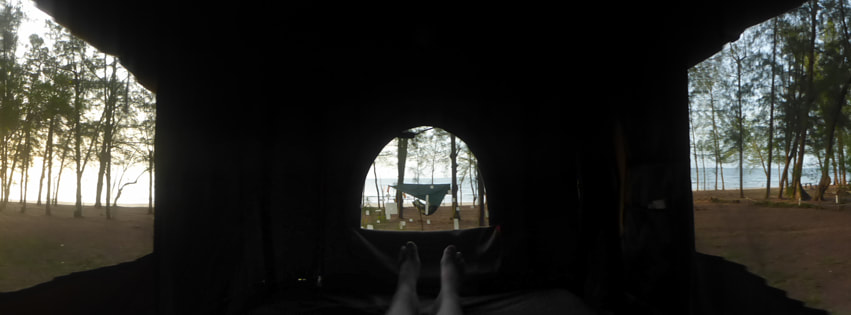
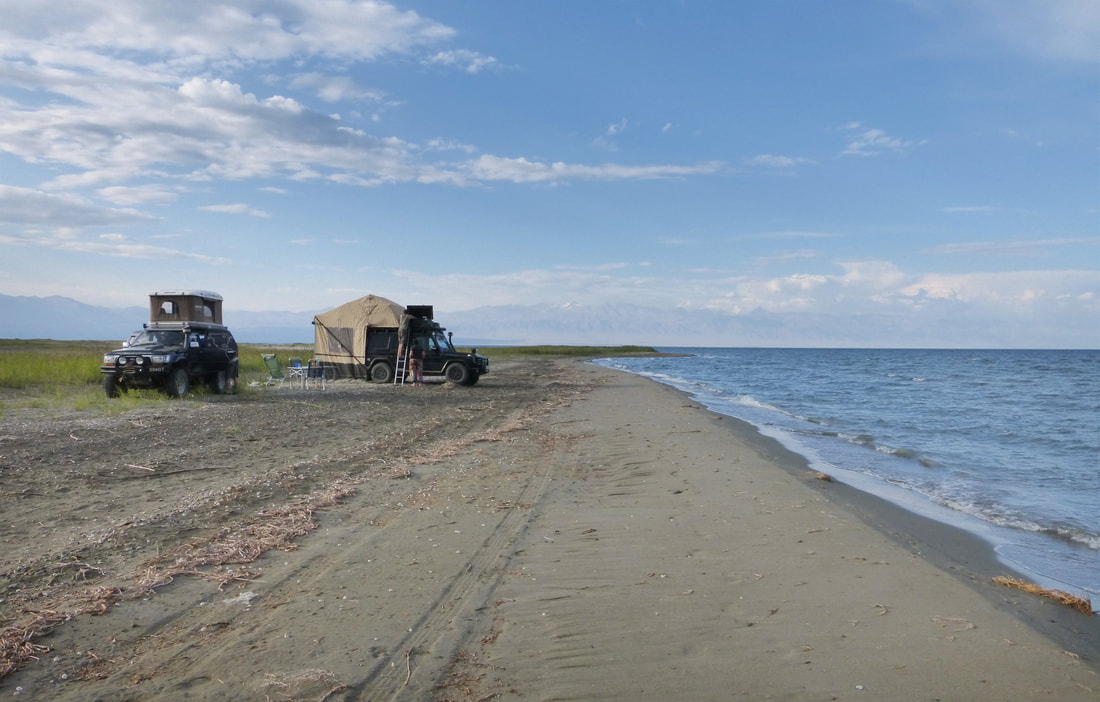

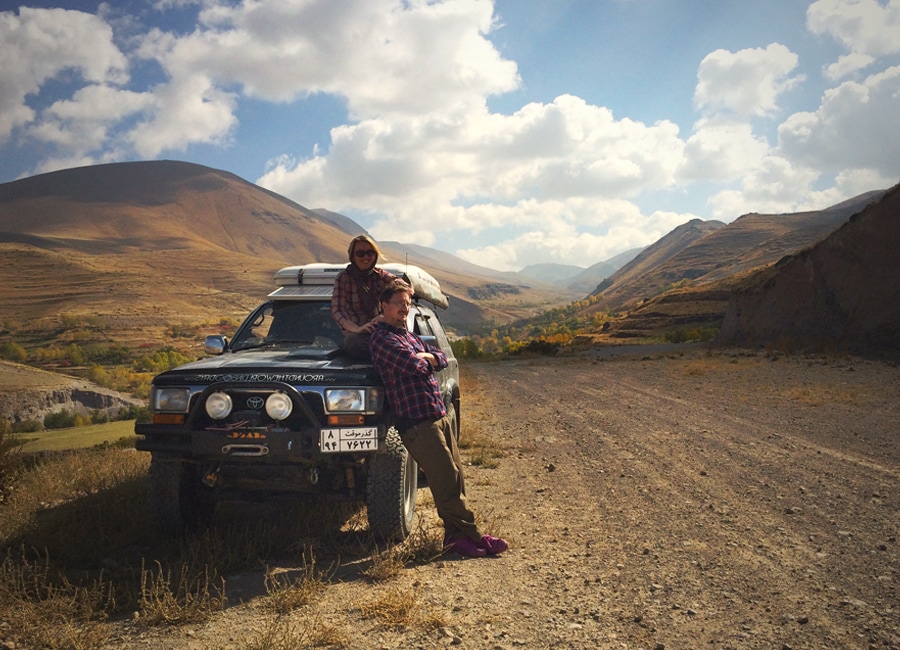
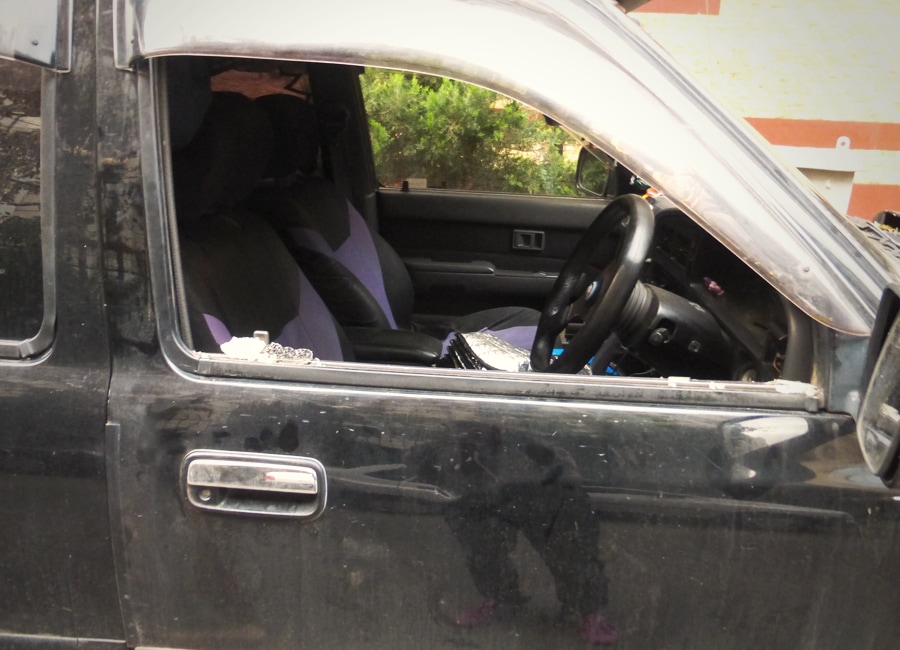
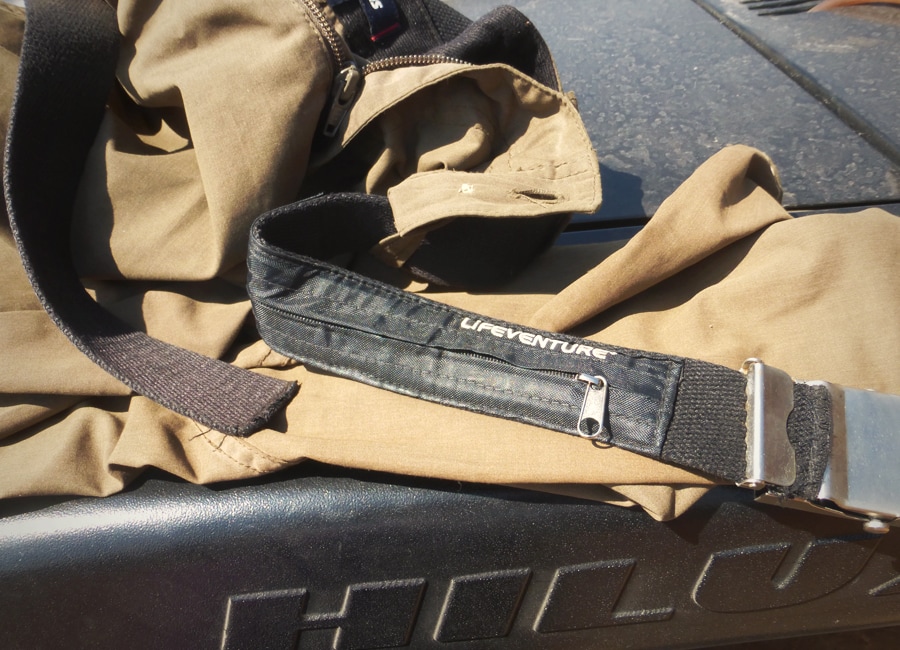

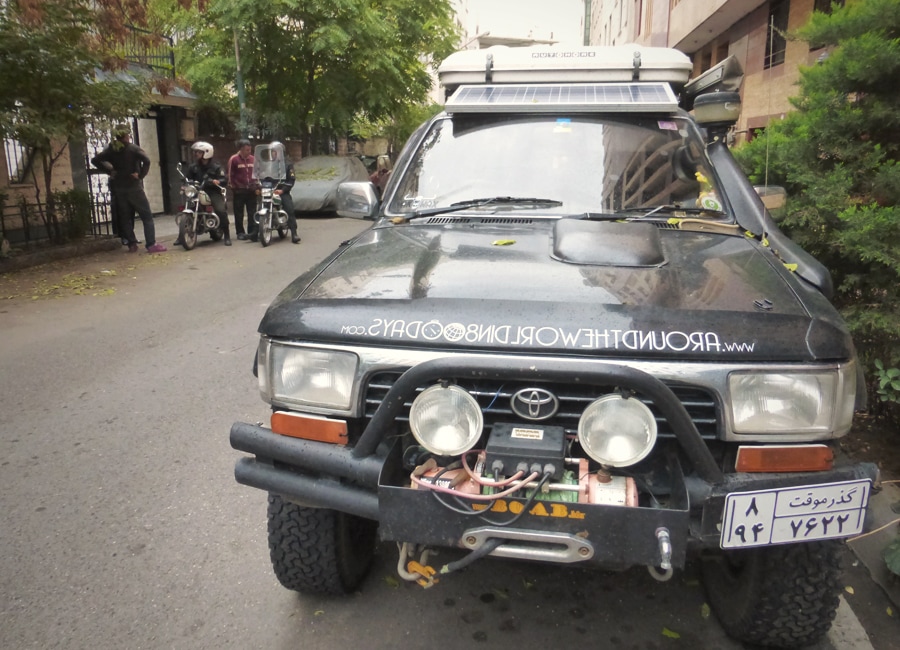
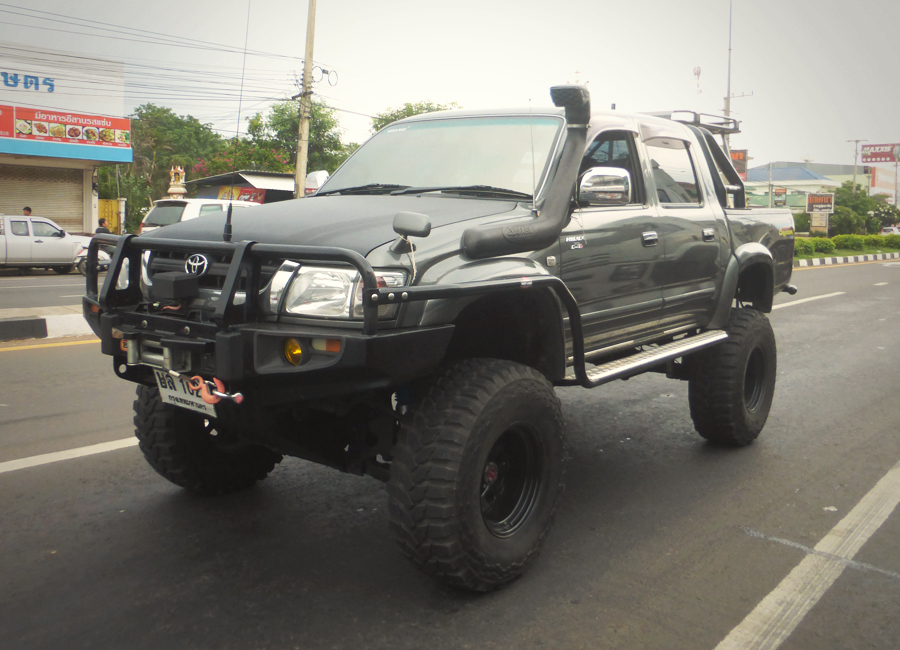
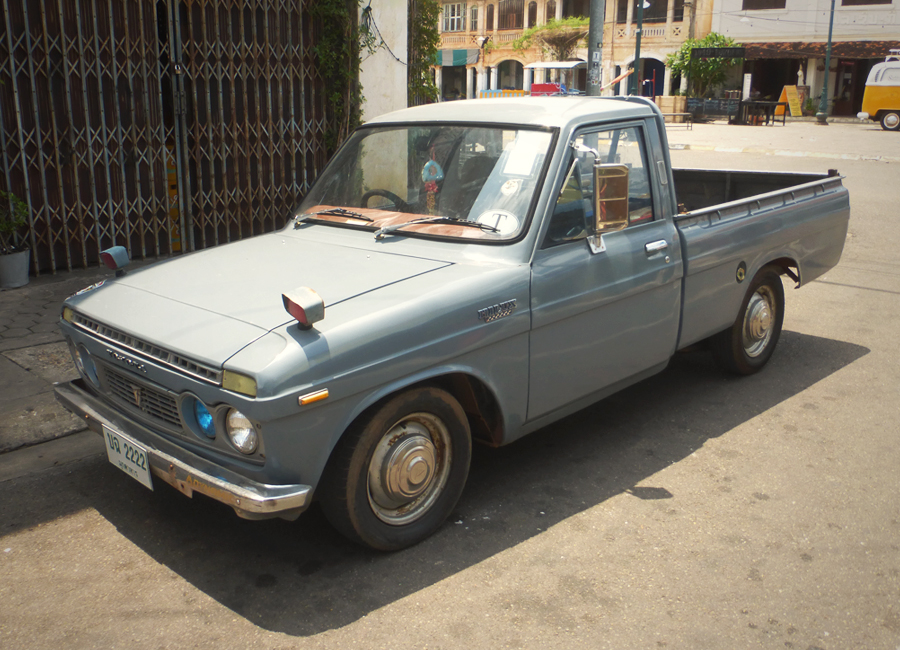
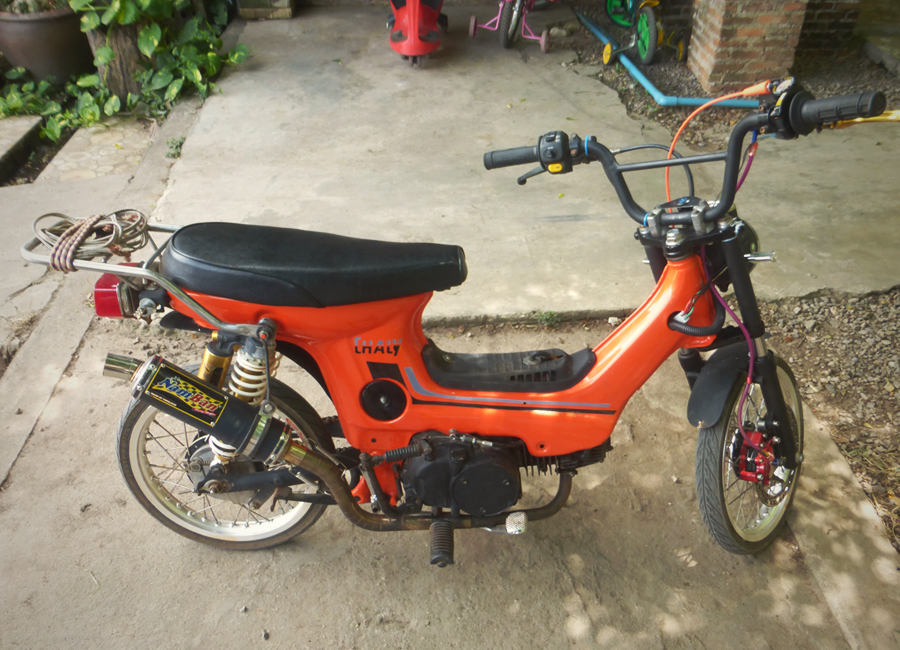
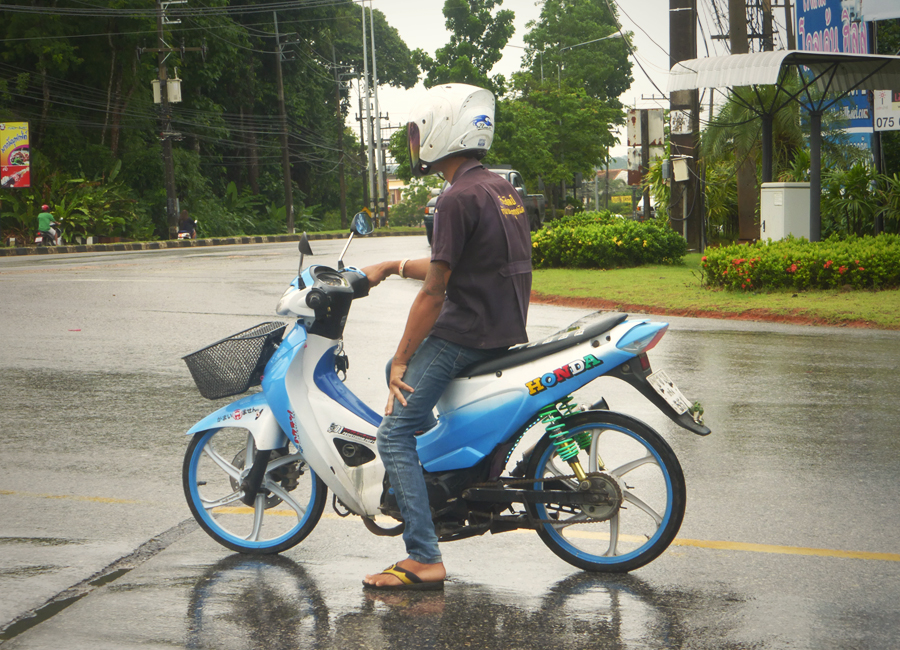
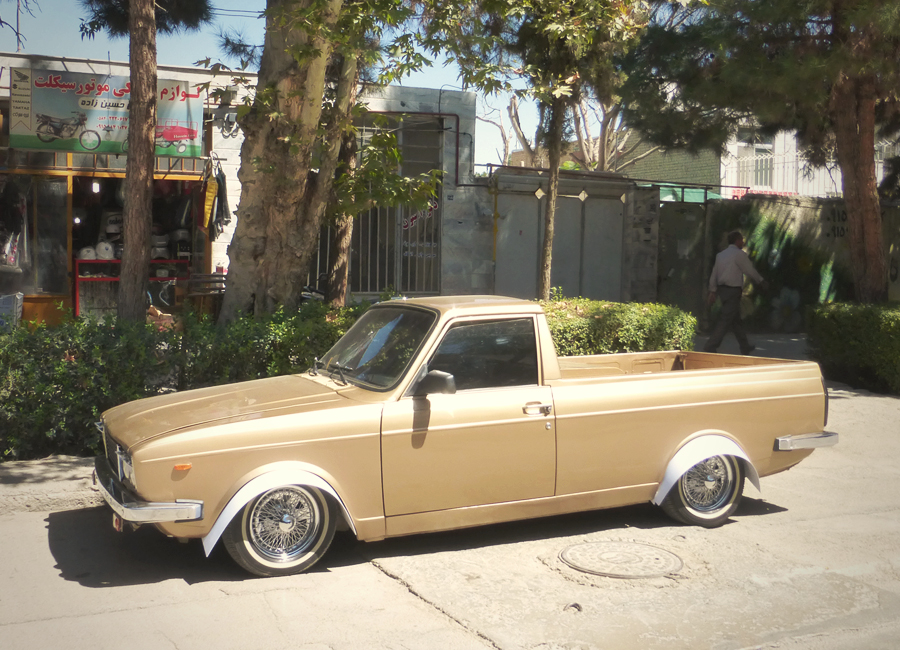
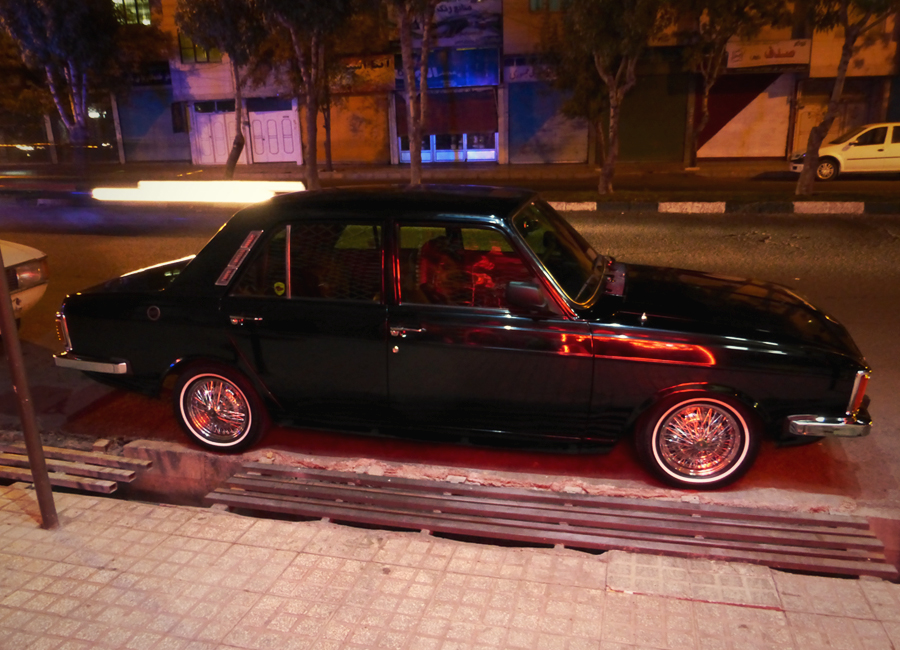

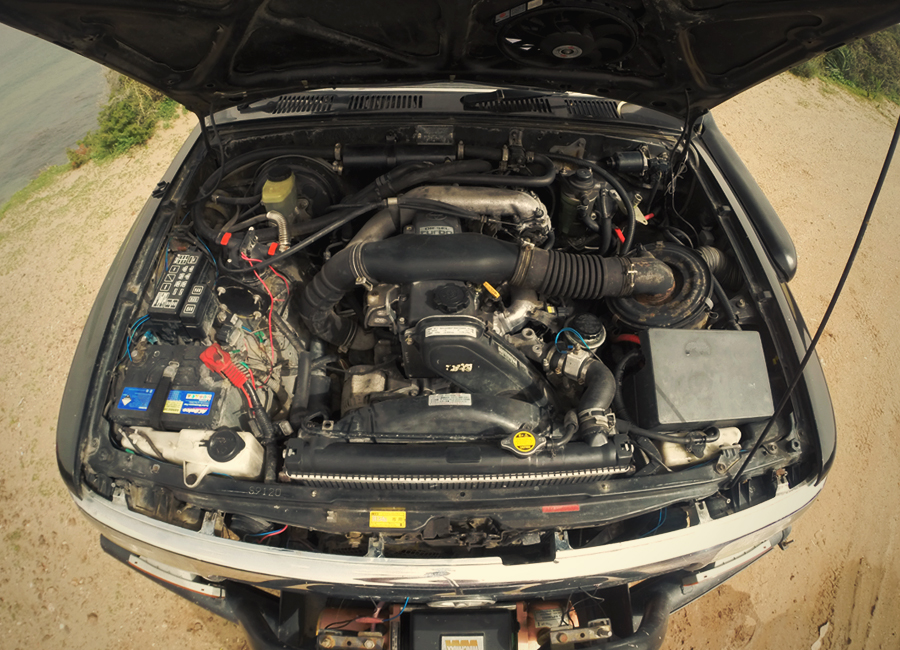
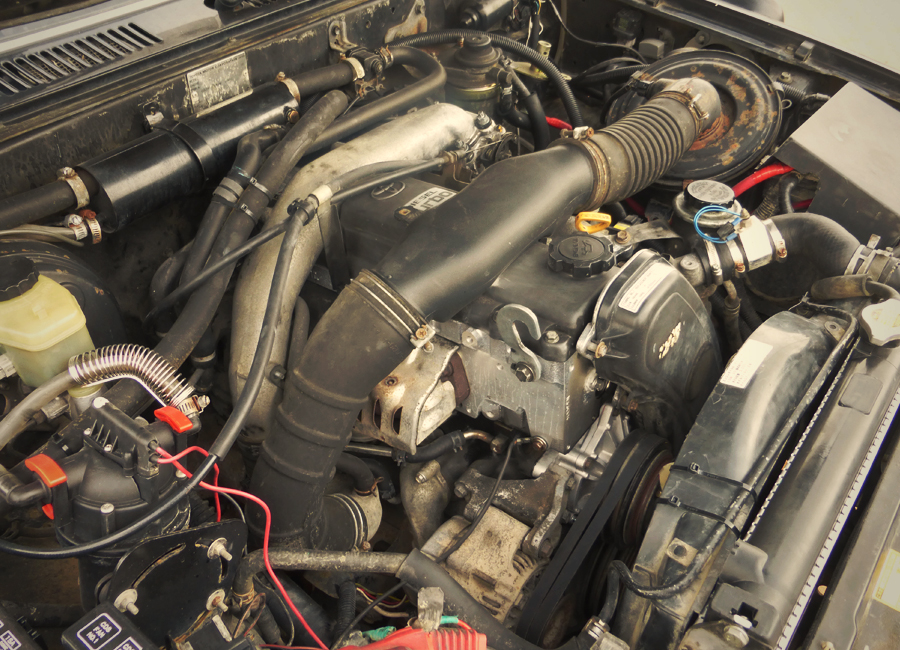
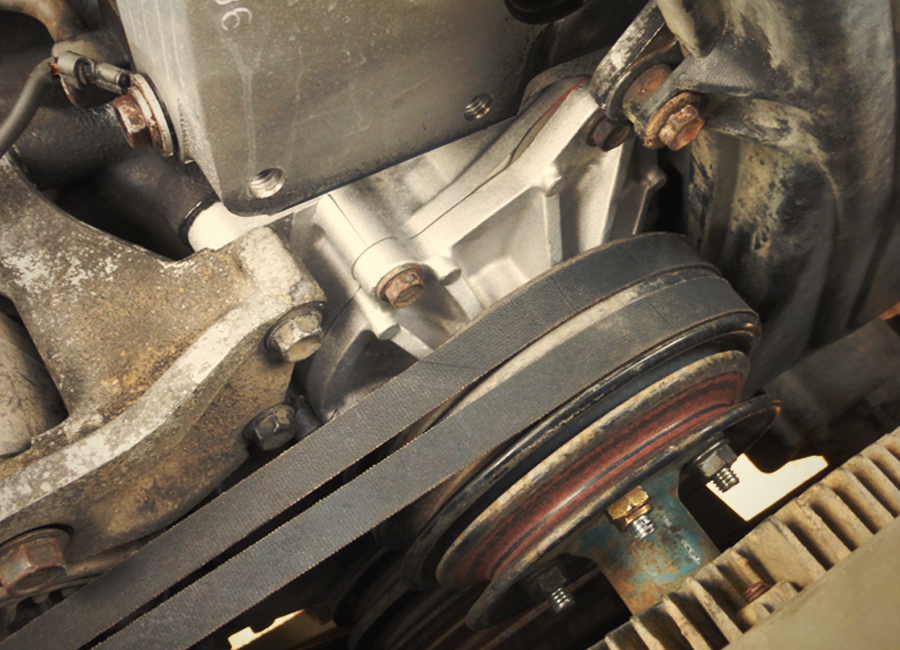
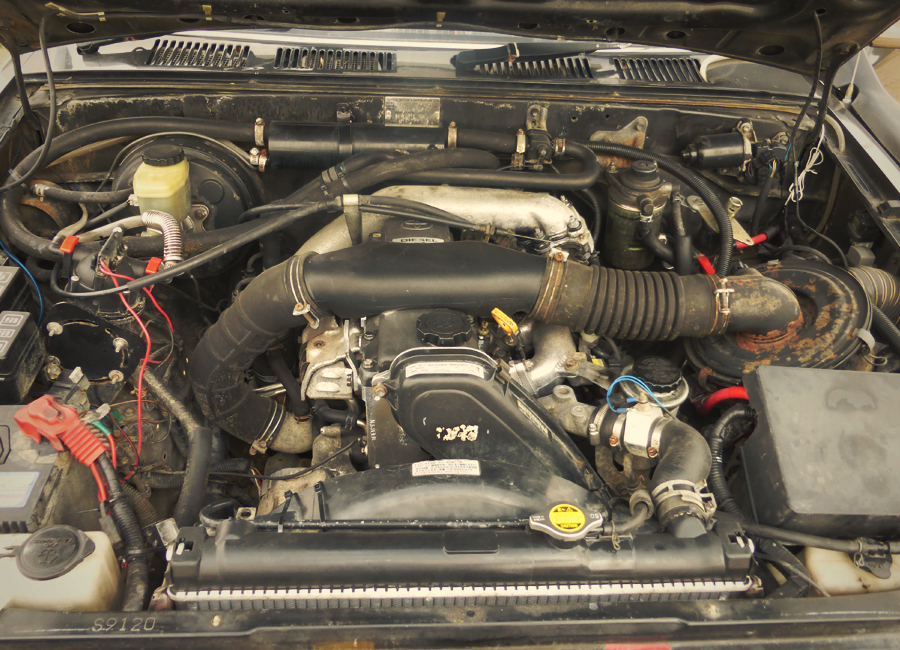
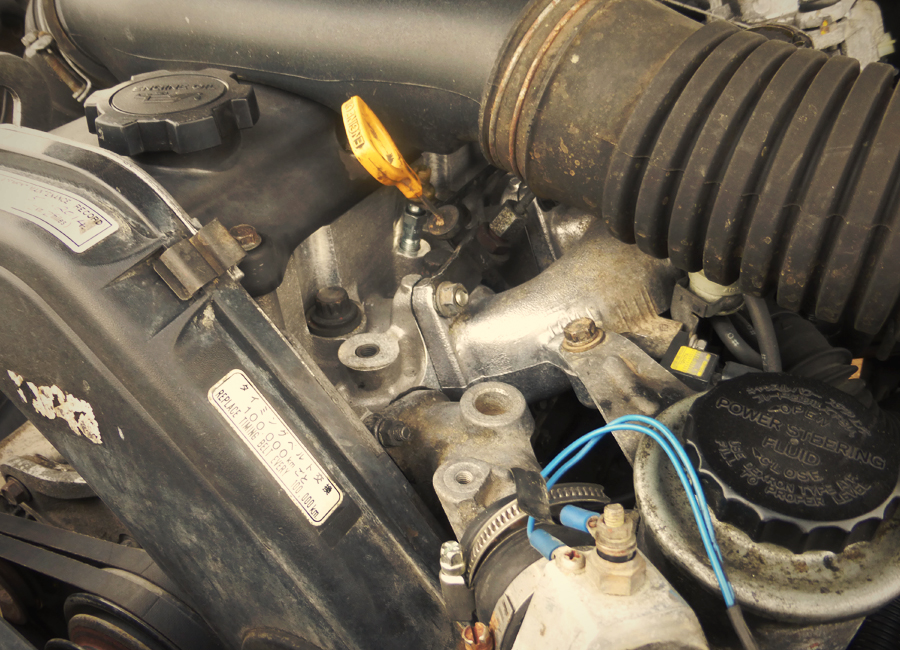

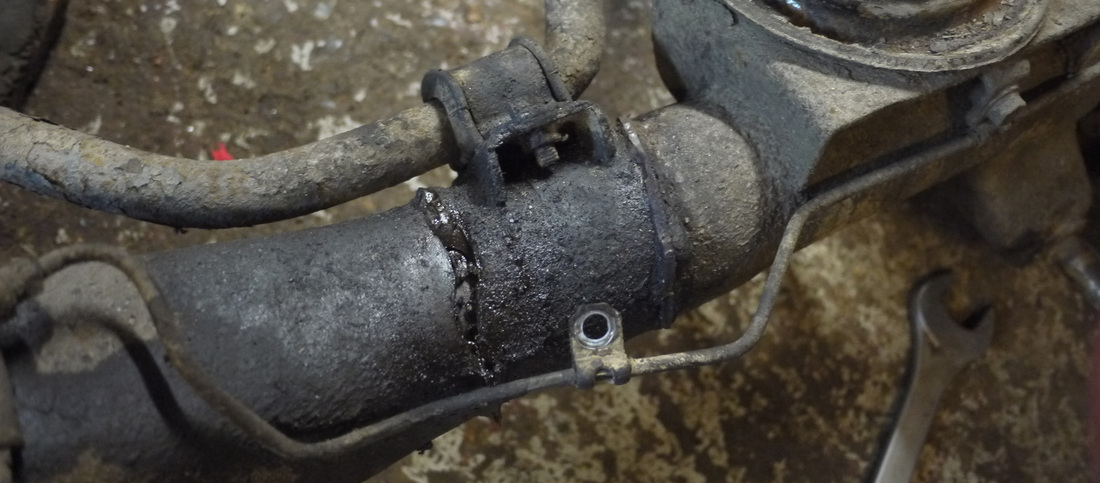

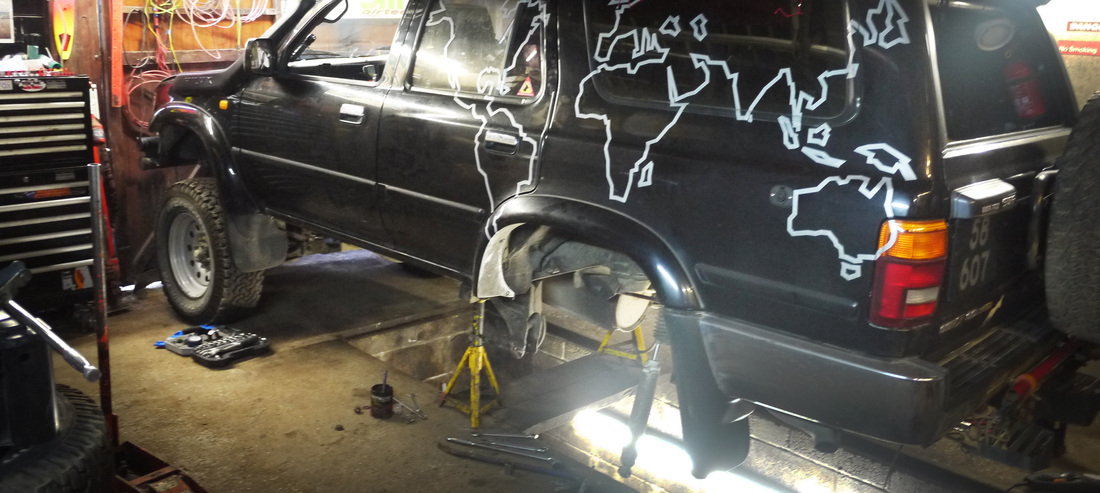
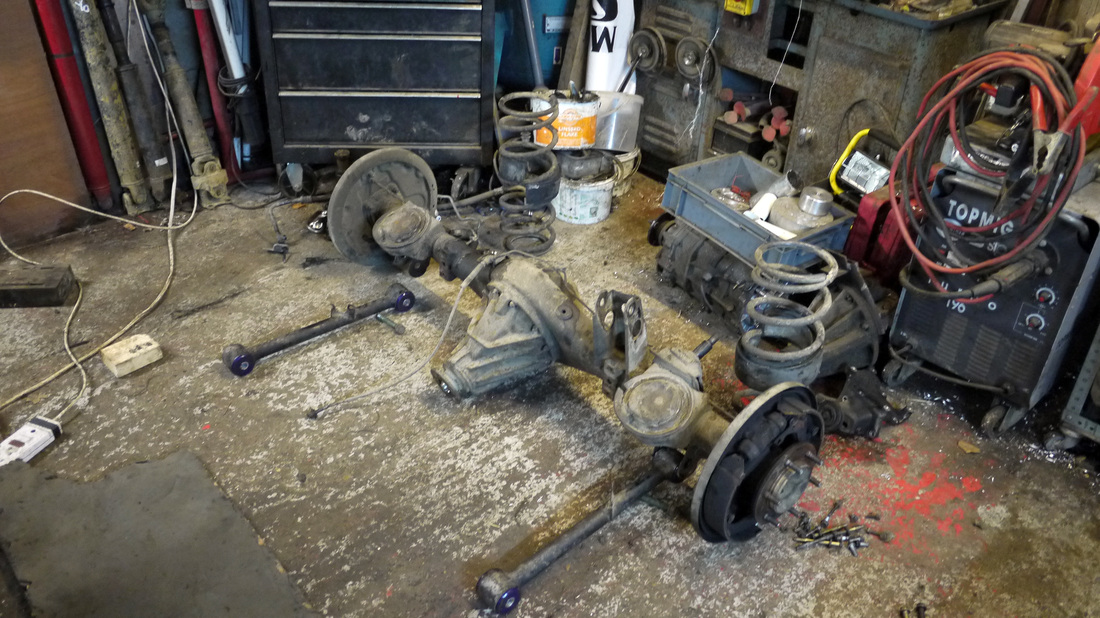
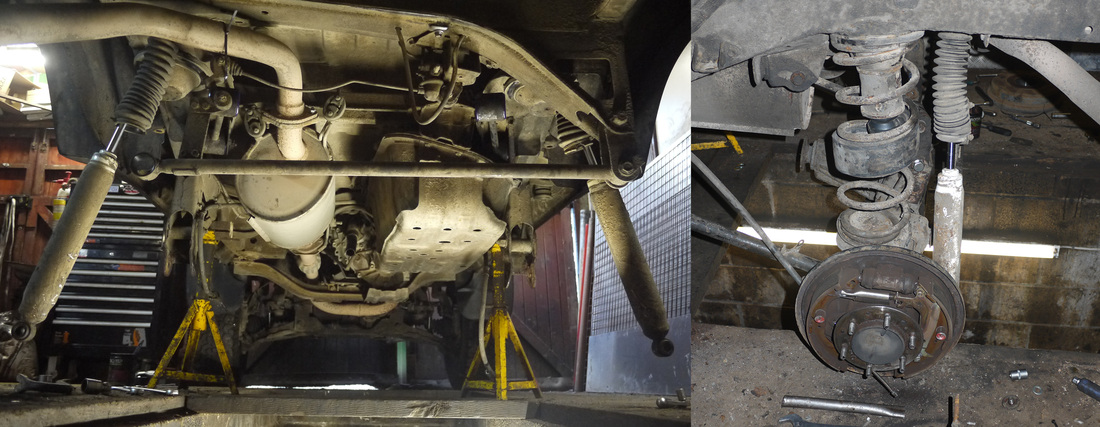
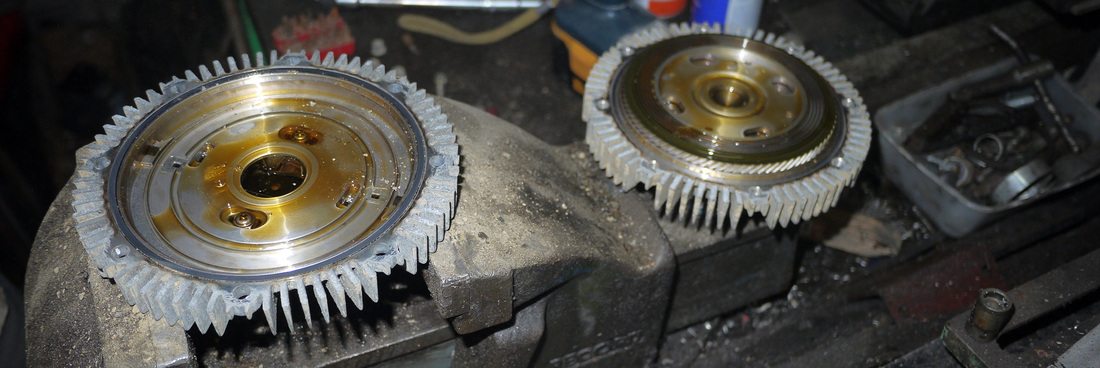
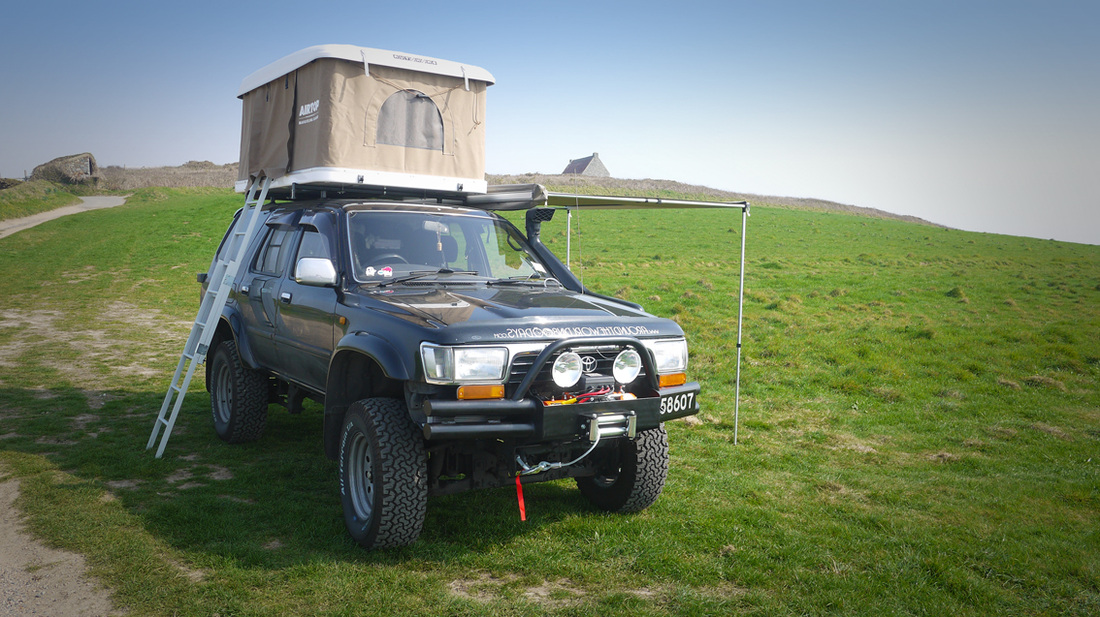
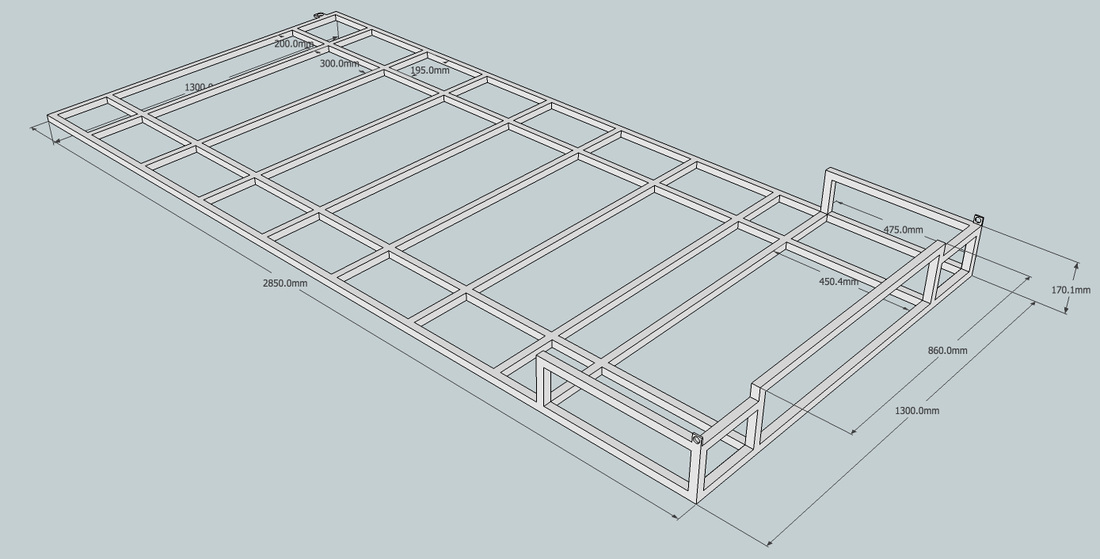
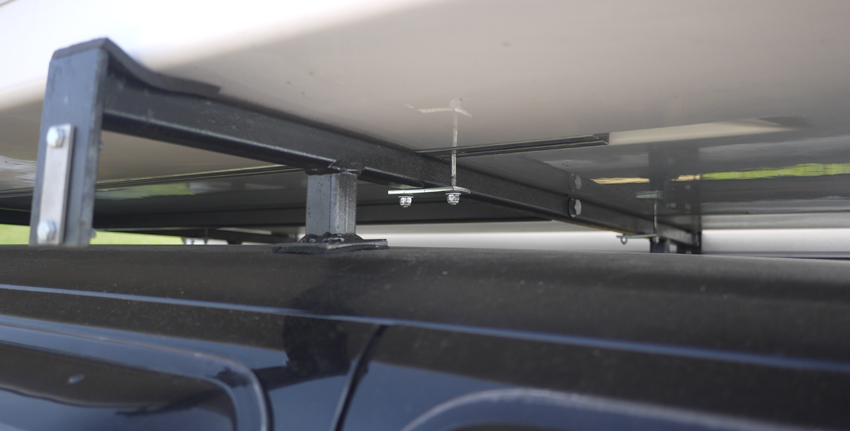


 RSS Feed
RSS Feed